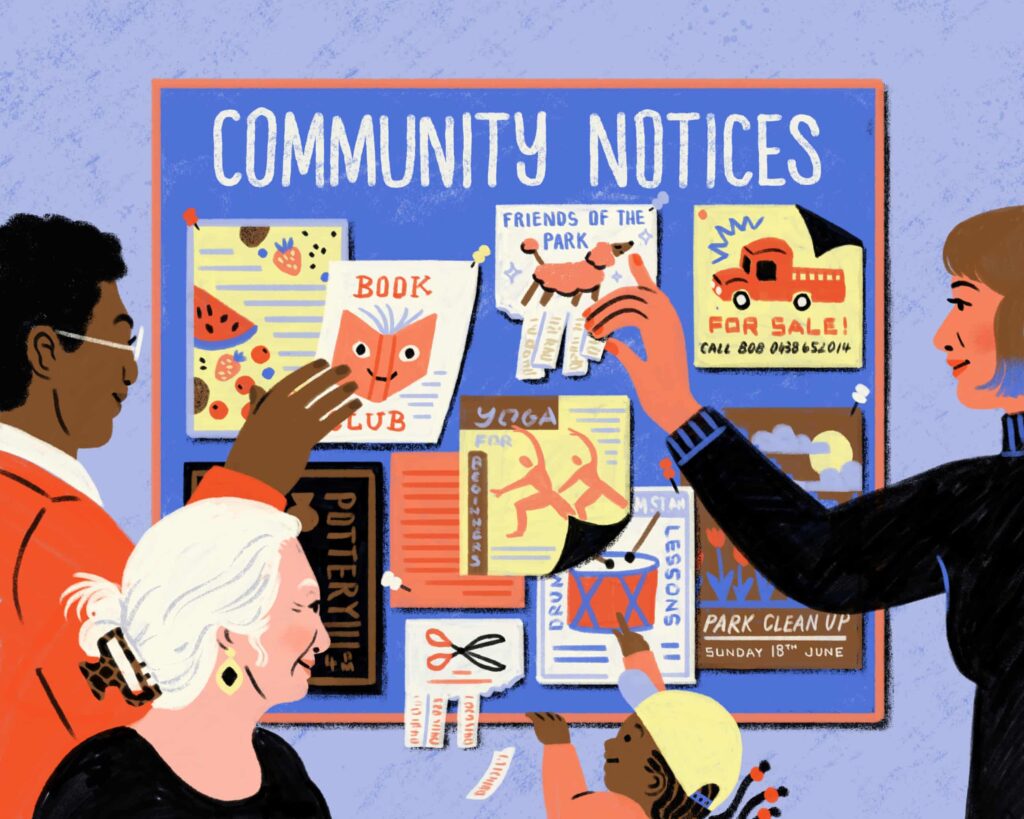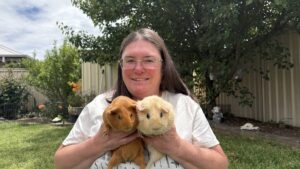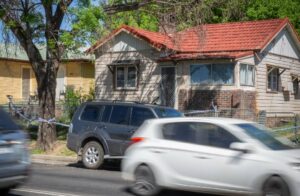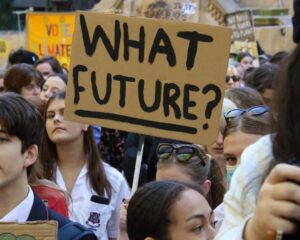
In 2025, Australians are grappling with a growing sense of social isolation, leading to a renewed interest in community engagement. While the country has historically enjoyed strong civic participation, trends show a decline in volunteering and trust in institutions. The challenge now is to rediscover connections that foster a sense of belonging.
Understanding the Shift in Community Engagement
In 2000, sociologist Robert Putnam published his influential book, *Bowling Alone*, highlighting a decline in civic participation and social connection in American society. His assertion that people were retreating from communal activities resonates in Australia today. Recent studies indicate that Australians are attending fewer community events, volunteering less frequently, and experiencing increased political polarization.
According to social psychologist Hugh Mackay, the consequences of decreased social interaction are significant. “Social isolation is now considered one of the greatest health risks to Australian society,” he states. Nearly one in three Australians report feeling lonely, and while the country maintains high civic participation scores, the depth of engagement is waning.
The desire for connection remains, though, as noted in various media discussions surrounding community. Many Australians express an unmet social hunger. So, how can one reconnect with their community in 2025?
Exploring New Routes to Connection
One approach to rebuilding connections is through social activities. Joining a running club serves as an accessible option. Upon arrival, newcomers are welcomed with applause, underscoring the community’s warmth. This low-stakes engagement offers a rare opportunity for friendly interaction, contrasting sharply with the often solitary nature of modern life.
Another avenue is participating in courses focused on personal development, such as an improvised comedy class. While not accessible to everyone due to fees, the social benefits are considerable. As participants learn to embrace awkwardness, they also cultivate an environment of support and laughter, essential ingredients for community bonding.
Insights from Dr. Laurie Santos, professor of psychology at Yale University, further illuminate the importance of social connections. Her popular course, *Psychology and the Good Life*, emphasizes that strong social ties correlate with reduced stress and enhanced longevity. Engaging in prosocial activities, such as volunteering or organizing community events, can significantly boost personal happiness, according to Santos.
For example, Judith Dickson, a long-time volunteer, shares her experiences. “The most important thing I’ve learned is I’m not alone,” she says. Her involvement in various community initiatives has not only made her feel useful but has also broadened her understanding of different perspectives.
Despite the advantages of formal volunteering, the process often involves bureaucratic hurdles that discourage participation. Mark Pearce, chief executive of Volunteering Australia, notes that increasing administrative burdens can deter individuals from engaging in community service. “Volunteering is for the common good but doesn’t always come free,” he explains. This has led to a rise in informal volunteering, where community members self-organize to address local issues.
Despite the challenges, individuals like Niamh Murray actively seek connections, viewing them as a source of healing. “When you come into community spaces, you realize that there are so many people who feel the same as you,” she observes, highlighting the shared experience of loneliness in a disconnected world.
As efforts to foster community continue, the significance of diverse interactions becomes increasingly apparent. The notion of community should extend beyond superficial connections; it requires engagement with individuals from varied backgrounds to cultivate a truly inclusive environment. Mackay reminds us that “the real secret for building social cohesion is not that we hang out with people like us, it’s that we’re prepared to hang out with people not like us.”
The quest for connection in 2025 also takes individuals to local resources, such as libraries and neighbourhood houses. These spaces offer a variety of community events, from reading groups to gardening initiatives. While the process of selecting activities may feel sanitized, the potential for meaningful connections remains. The challenge lies in finding ways to engage authentically within these frameworks.
Ultimately, community building in contemporary society requires effort and intention. As individuals navigate the complexities of modern life, embracing social friction becomes essential in fostering meaningful relationships. Participation, while sometimes awkward or challenging, yields profound rewards in terms of mental well-being and social connection.
In a world where technology often complicates interactions, returning to the basics of human connection may be the most effective way to combat isolation. As Mackay aptly puts it, “The state of the nation starts in your street.” Building community is not merely a personal endeavor; it is a collective responsibility that holds the potential to enrich lives across Australia.







